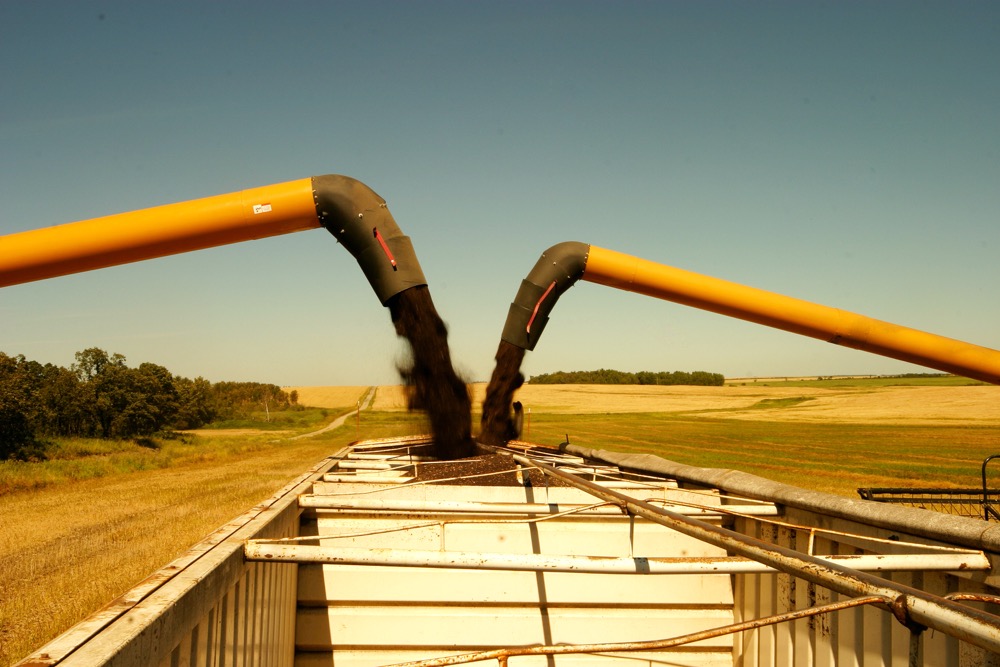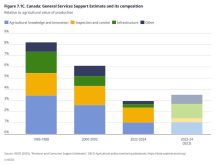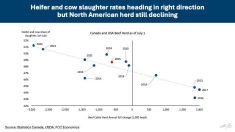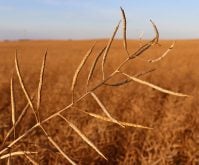Researchers from the University of Manitoba want to hear all about canola storage on your farm.
A survey, also posted through the Canola Council of Canada’s Canola Watch, aims to provide better data on how farmers store the oilseed, how they dry it, the storage and drying issues they face and how they try to solve those problems.
Why it matters: The data is expected to give researchers a better picture of what’s happening on farms, which can inform future research and policy.
Read Also
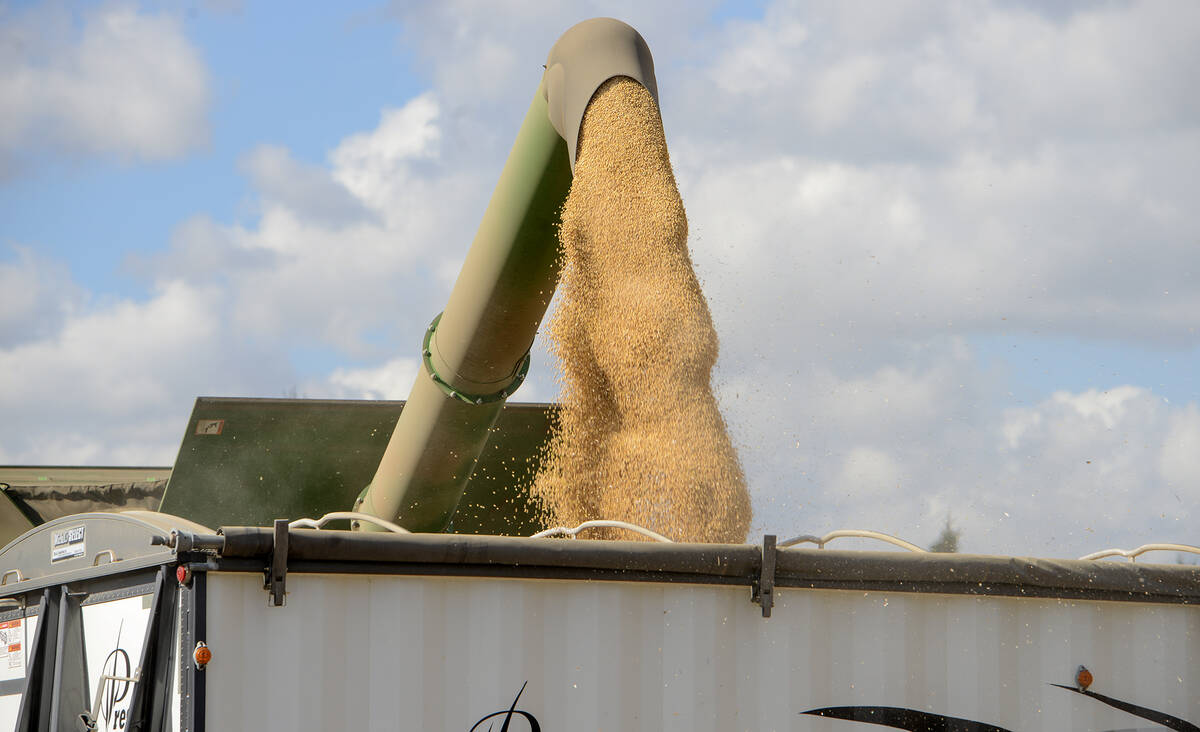
Grain markets hungry for U.S. data
The U.S. government shutdown meant that futures markets were left without robust grain supply information
It’s data that Fuji Jian, the professor behind the survey, says is now lacking.
Survey questions include amount of canola harvested, its moisture level, harvest timing, bin size, fan configurations, fuel used and degree of spoilage.
“A lot of this kind of situation, we don’t know,” the researcher said.
For example, there is general agreement that bin sizes have increased, but by how much? What drying techniques and technologies are used?
It’s information that farmers should know about their own industry, Jian said. Beyond that, he hopes responses will help guide future research projects to address the problems farmers identify.
There are also implications for policy.
Grain drying and the carbon tax became an explosive topic in 2019 following wet fall weather in Manitoba. Many producers reached for extra grain drying capacity, and the carbon tax on fuel to run those dryers got farmers hot under the collar.
Organizations like the Keystone Agricultural Producers later asked farmers to share their drying bills, and how much of that cost was due to carbon tax, as they lobbied for an exemption.
In March, a private member’s bill exempting propane and natural gas used for grain drying from the carbon tax passed the House of Commons. It is now before the Senate.
Good data can underpin these kinds of policy issues, Jian noted. He suggested survey results could be aggregated into a report as a resource for those looking into the status of canola storage in Canada.
Researchers plan to leave the survey up for two months and hope to gather at least 50 responses.
Filling out the survey
It takes about half an hour to complete the 19-question survey. Producers can save their progress and complete the survey at a later time, according to information posted on the document.
It can be accessed at surveymonkey.com/r/Canola-Drying.


